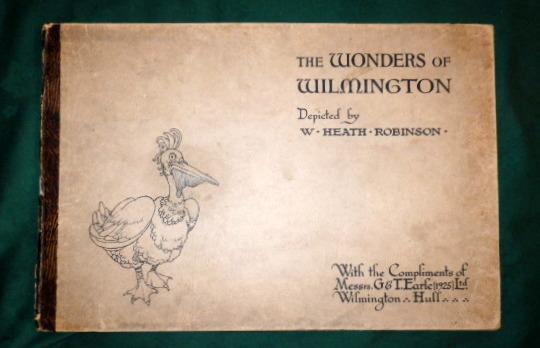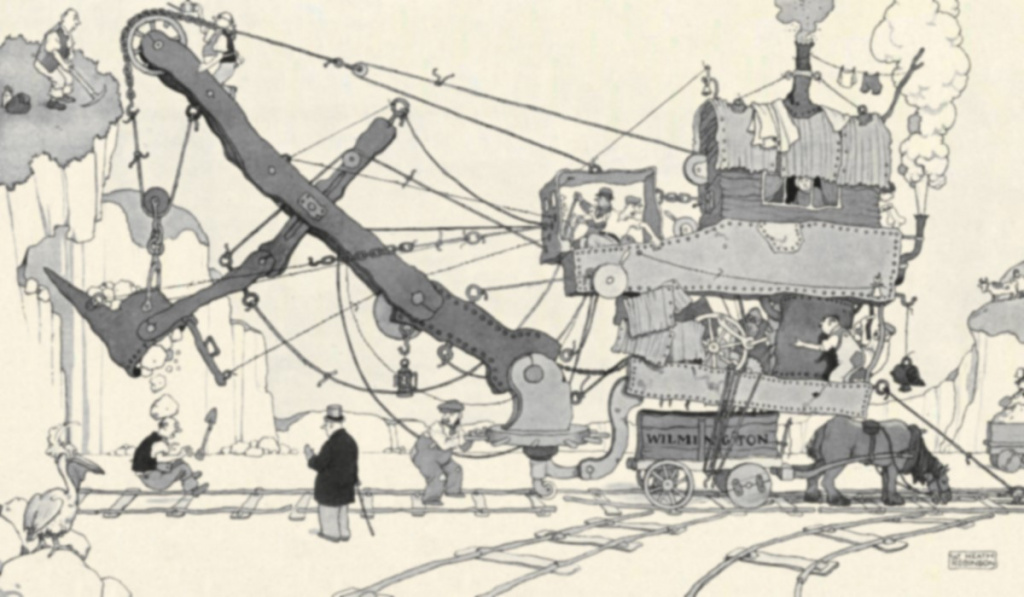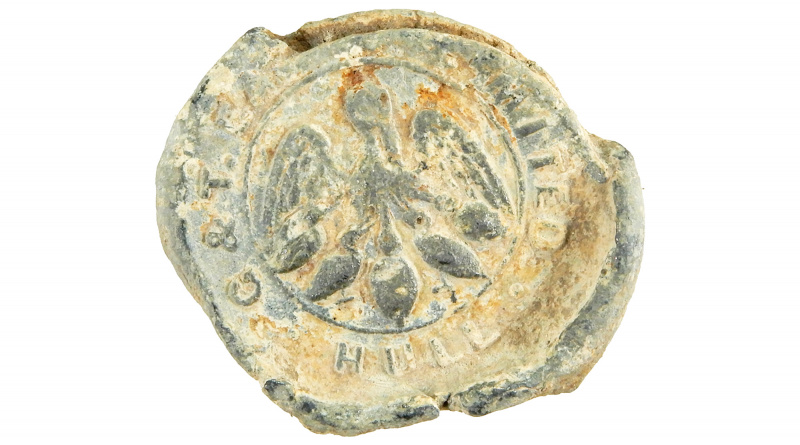PAS Finds (w/e 10/02/23) – Pelican cement
PAS Finds (w/e 10/02/23) – Pelican cement
My selection of the detecting finds recorded at the PAS in the week ending 10 February 2023.
Featured Find
Pelican cement seal
A lead cement bag seal dating to 1920 – 1960. The legend reads G & T Earle Limited Hull. The PAS record gives the image in the centre as the Pelican in her Piety. About a year ago, we featured a 13th century pelican in its piety seal matrix. The image is based on the mistaken belief that the pelican feeds its young with its own blood by pecking at its chest. This seemed a curious choice for a cement brand and so worth a closer look.
G & T Earle
G & T Earle was a cement manufacturer in Hull with a 157 year history. The “G & T” are brothers George and Thomas who founded a company in 1809 as Baltic traders. In 1821 the started the cement business, originally making Roman cement but later Portland cement, which is type of cement that we use today. They moved to a larger premises at Wilmington, Hull in 1866.
In 1897, George’s grandson, John Hudson Earle, took over control of the business and on 13th September of that year the first trade mark for their “Pelican” brand was registered. The company sold its cement under the Pelican brand up until 1966 when the business became part of the Blue Circle group.
Pelican
The story is that the idea for the Pelican brand came to John while walking through St James Park in London. Pelicans had been introduced to the park in 1664 as a gift from the Russian ambassador. It is said that watching them being fed brought to mind a limerick:
A wonderful bird is the pelican
His beak will hold more than his bellican
He can take in his beak
Food enough for a week
But I’m damned if I see how the hellican
John thought that the bird’s great bill represented a large receptacle for orders. 1
However, the problem is that the limerick was written by Dixon Lanier Merritt in 1910, 13 years after the Pelican brand was first registered.

Then I stumbled on this corporate Christmas Card from G & T Earle from 1936. The card reads inside:
With every good wish for Christmas and the hope that the New Year may bring you prosperity and happiness and may our present relations remain strongly cemented in 1937.
G & T Earle Ltd Hull 1936
Heath Robinson
In 1925, Heath Robinson was invited was invited to the Wilmington factory.

He produced some drawings of the works for them in his unique style. These were bound in a book called The wonders of Wilmington with a pelican on the front cover. Heath Robinson did similar work for many companies with his images being used as marketing material. The image used for the pelican is therefore important.
The illustrations depicted the various stages in the production of cement. In each one a pelican observes from the corner of the image.

Conclusion
The Pelican name was a very strong brand and was synonymous with Portland cement in the region. In 1904, the company was granted a Royal Warrant by King Edward VII.
It’s possible that the Pelican brand was inspired by John Hudson Earle seeing pelicans in St James Park; I’ve seen no other explanation. The imagery on the seal is similar to the Pelican in its Piety image but this could just be a borrowed image, without any religious symbolism. By the 1920’s to 1960’s, when this seal was produced, the pelican image used in other corporate material was much more Jemima Puddle-duck than religious icon. It seems to me that the name Pelican was the important bit and that any image of a pelican would do.
References
- Reflections on the History of Cement by RG Blezard, 1998


